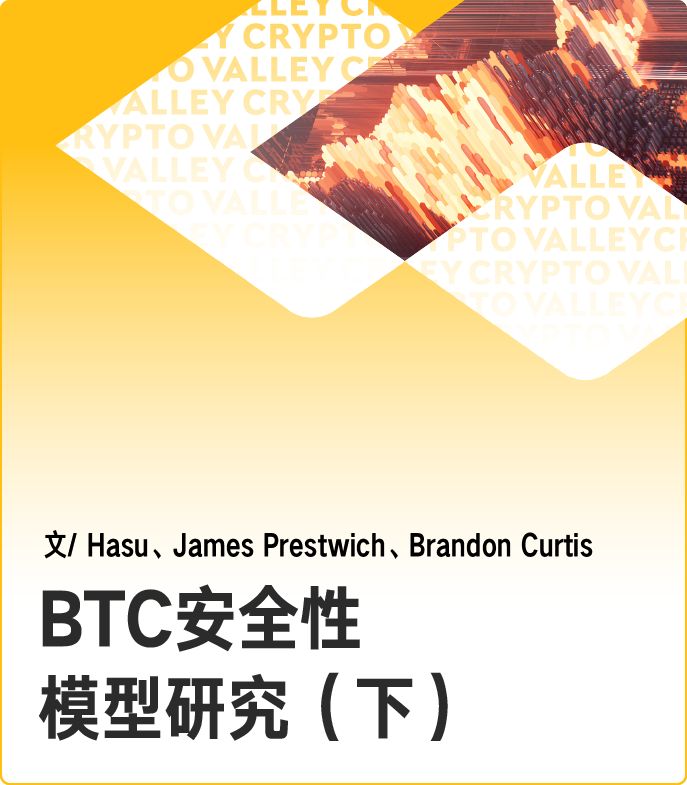Depth | Block rewards are about to be halved, is BTC still safe? (under)
Source: Encrypted Valley


- Should blockchain transactions be rolled back? Vitalik's small investigation sparked a big discussion
- Passing the cryptography, the legalization of the industry is not far behind?
- In the blockchain competition, China's goal is the first!


- As miners cannot access previous transactions and their costs, the cost of attacking becomes higher.
- Since miners are no longer able to attack individual users individually, it is easier to coordinate whether to suspend the Nakamoto consensus. The attacker must choose between rewriting many transactions at a time and not rewriting any transactions.


The content is for reference only, not as an investment recommendation.
Copyright is strictly prohibited without permission
We will continue to update Blocking; if you have any questions or suggestions, please contact us!
Was this article helpful?
93 out of 132 found this helpful
Related articles
- Interpretation | Political Bureau set, blockchain industry welcomes gold development
- Depth | Block rewards are about to be halved, is BTC still safe? (in)
- 2019 cryptocurrency trend observation: the market is cold, but still has opportunities
- Regarding the blockchain technology that the country pushes, we have given you five key points.
- Industrial innovation is an important breakthrough direction of blockchain
- Xinhua News Agency: China's blockchain industry has broad prospects for development
- CCTV News Public Issues: The "blockchain" that has been frequently named recently is awkward?






